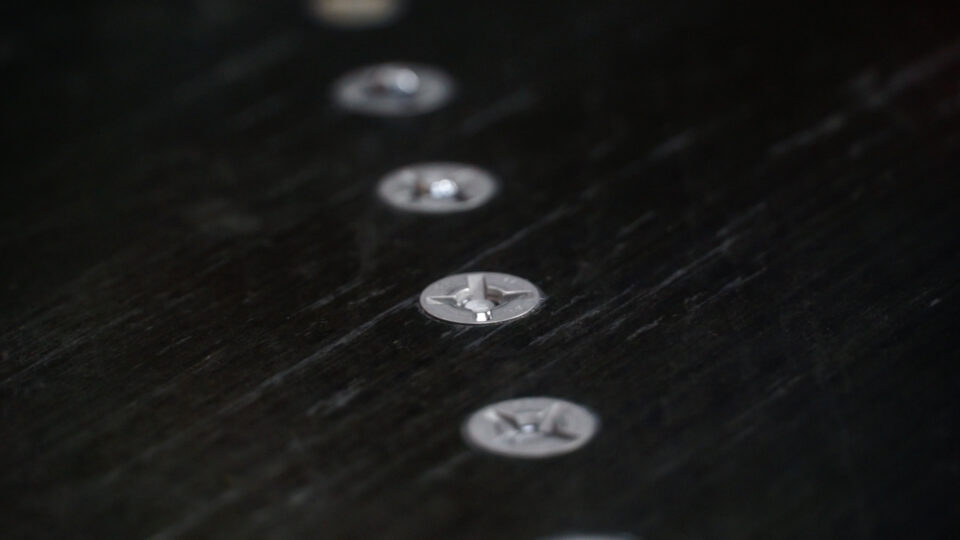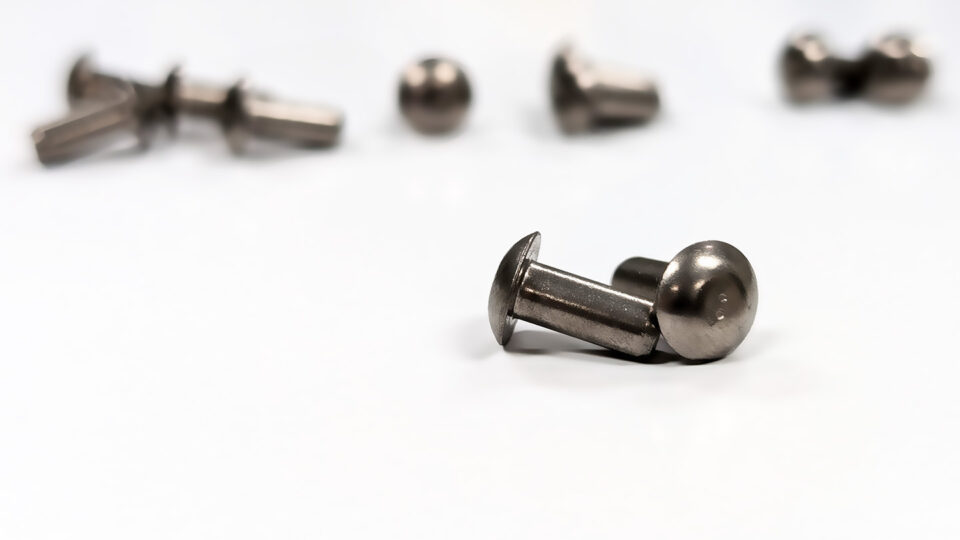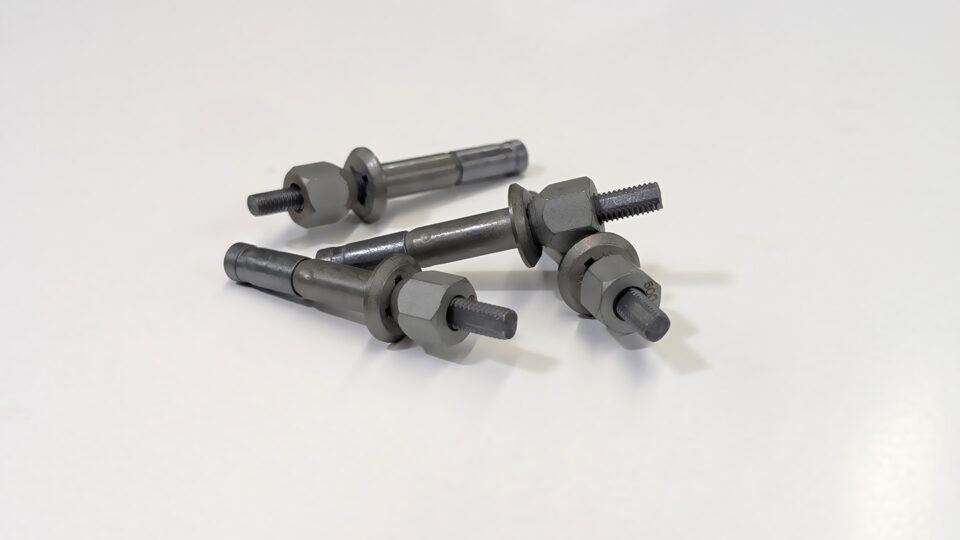The OPTIBLIND™ fastener is an innovative solution designed to streamline structural assembly processes by offering fully automated installation capabilities, along with automated installation checks. This fastener is engineered to deliver equivalent performance to traditional structural fasteners used in shear applications, including preload, shear strength, and dimensions.
Key features of the OPTIBLIND™ fastener include its compatibility with both clearance and interference fit assemblies, making it suitable for use in metallic, composite, and hybrid structures. It offers an extended grip range of 5/64″ and is designed to be fully compatible with conventional drilling diameters. Additionally, the OPTIBLIND™ fastener can serve as a direct replacement for permanent structural fasteners like lockbolts or HI-LITE™ pins.
The OPTIBLIND™ fastener is optimized to achieve flushness without requiring shaving, further simplifying the installation process. It supports both manual and automated installation methods, with options ranging from manual single power tools to semi-automatic tools such as collaborative robots (COBOTs) and fully automated multi-axis industrial tools for complete assembly automation.
With its versatile design and advanced features, the OPTIBLIND™ fastener offers significant time savings and efficiency improvements in structural assembly operations, making it an ideal choice for aerospace and other industries requiring high-performance fastening solutions.
Like typical blind installed fasteners, Optiblinds can be challenging to remove, often requiring labor-intensive and time-consuming processes. Due to their design and installation method, removing Optiblinds typically involves disassembling the surrounding structure to access the fastener. Traditional removal methods may include drilling, grinding, or cutting, which can be disruptive and increase the risk of damage to the surrounding components. Additionally, the need for specialized tools and skilled labor adds to the complexity and cost of Optiblind removal, making it a less-than-ideal task in maintenance and repair scenarios.



